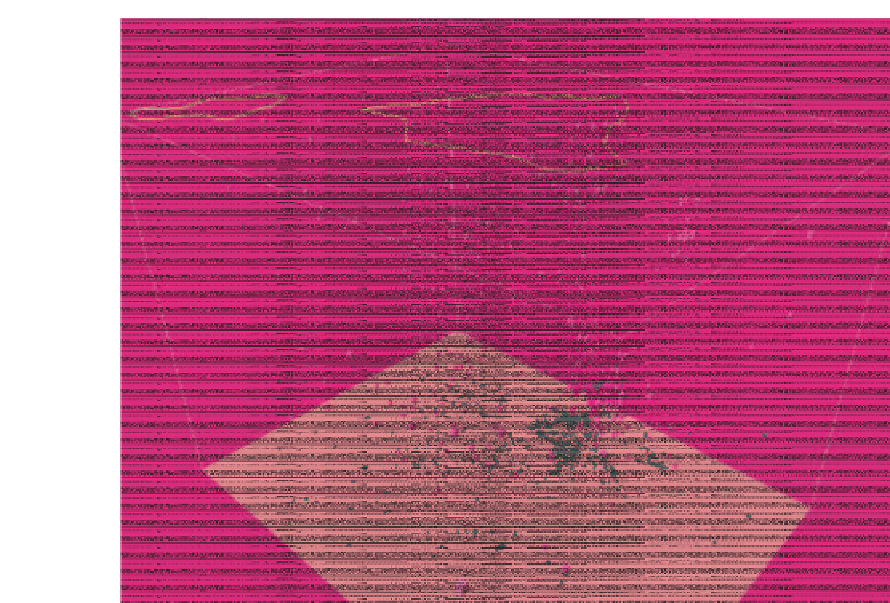Geography Reference
In-Depth Information
Figure 10.6
Use of projected symbol shadows to reveal the distribution of Hawaiian earthquakes
in the
x
-
y
plane of a 3D visualization (source: author earthquake data from CNSS)
viewpoints in linked views. In one experiment with a multi-view 3D visualization, Plumlee
and Ware (2003) found that the display of a view proxy (i.e. a triangular symbol in a ver-
tical view indicating the field-of-view in an oblique view) and view coupling (i.e. keeping
vertical and oblique views oriented in the same direction) were both beneficial for under-
taking certain tasks in 3D worlds. In an evaluation of alternative methods of presenting
route instructions on mobile devices, Kray
et al
. (2003) revealed that, in order to find their
current location on a 2D map, users often found that a 3D view was useful in identifying
their location in the real world. This study also confirmed a finding of several other studies,
which is that, although the 3D display did not improve task performance, it was found to
be 'fun' to use.
10.3.3 Symbol viewpoint dependencies
A normal feature of navigating through 3D scenes is that the perceived dimensions and/or
shapes of objects in the scene vary according to their orientation with respect to the viewer.
This becomes problematic in those data visualizations where the appearance of the 3D
symbols is meant to represent data variables. An example occurs where the dimensions
of 3D bar symbols (i.e. height, width, and thickness or depth) are used to encode data







Search WWH ::

Custom Search